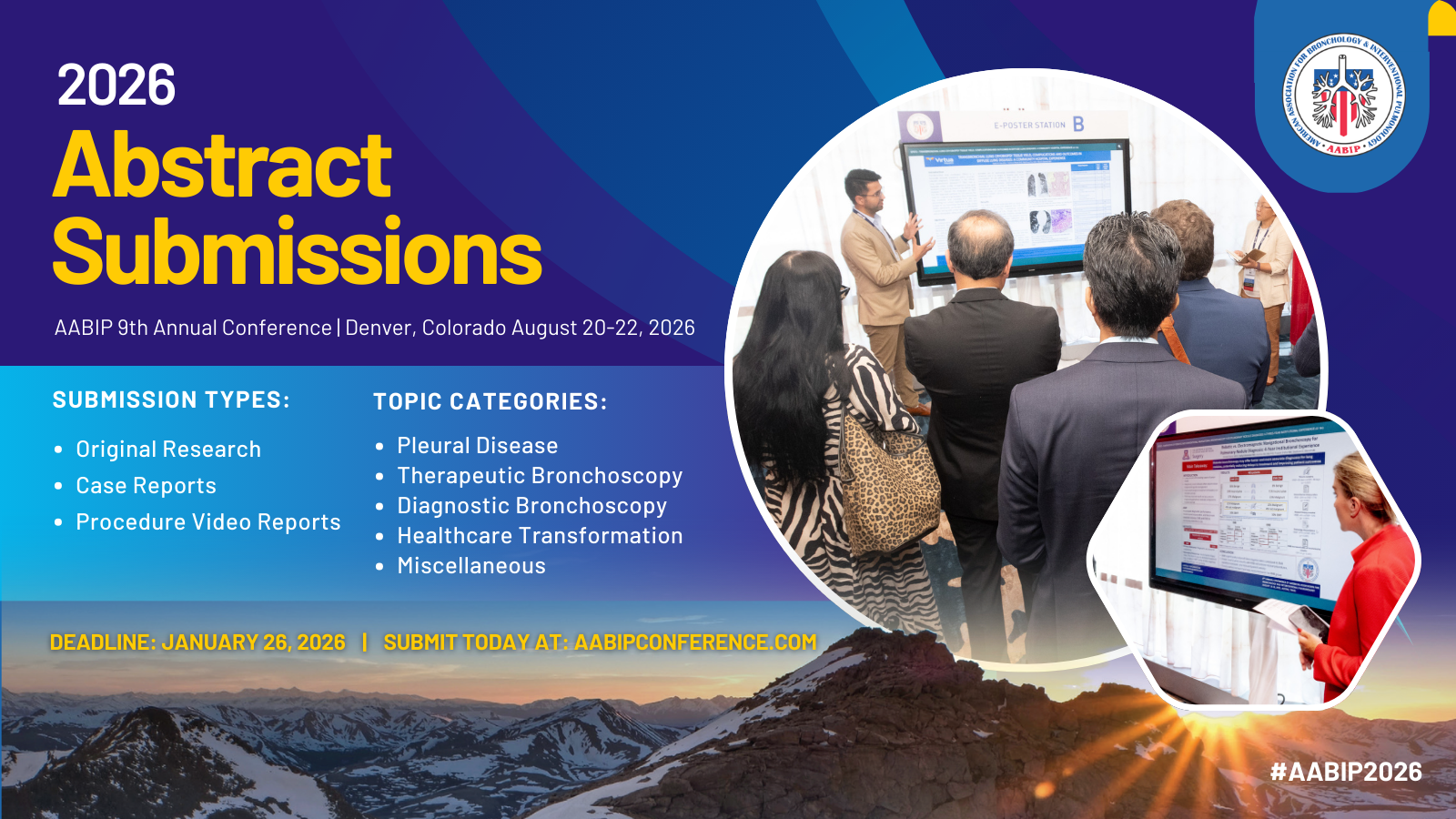IP Fellows Reading ListTracheobronchomalacia/Excessive Dynamic Airway CollapseTracheobronchomalacia and excessive dynamic airway collapse https://pubmed.ncbi.nlm.nih.gov/23993822/ Review Reference: Murgu S, Colt H. Tracheobronchomalacia and excessive dynamic airway collapse. Clin Chest Med. 2013;34(3):527-555. Summary: A great summary of TBM and EDAC. This article reviews the definition and classifications of different subgroups of airway disorders under the general umbrella of ECAC (Excessive Central Airway Collapse). It compares different cutoffs for airway collapse, the various classification systems and morphologic types. The article also reviews the pathophysiology of ECAC and concludes with diagnostic workup and treatment. Tracheomalacia and tracheobronchomalacia in children and adults: an in-depth review https://pubmed.ncbi.nlm.nih.gov/15764786/ Review Reference: Carden KA, Boiselle PM, Waltz DA, Ernst A. Tracheomalacia and tracheobronchomalacia in children and adults: an in-depth review. Chest. 2005;127(3):984-1005. Summary: A comprehensive review of both adult and pediatric forms of disease with discussion around the historical aspects of the disorder, their classification, associated conditions, histopathology, and natural history. Multidetector CT evaluation of tracheobronchomalacia https://pubmed.ncbi.nlm.nih.gov/19249455/ Review Reference: Lee EY, Litmanovich D, Boiselle PM. Multidetector CT evaluation of tracheobronchomalacia. Radiol Clin North Am. 2009;47(2):261-269. Summary: This article focuses on practical information to perform and interpret CT studies for diagnosing TBM in daily clinical practice. It covers clinical indications, physiologic principles, diagnostic criterion, multidetector CT (MDCT) protocols, multiplanar and 3-dimensional images, image interpretation, and pre- and postoperative assessment. Multidetector CT evaluation of tracheobronchomalacia https://pubmed.ncbi.nlm.nih.gov/19249455/ Case Series Reference: Lee EY, Litmanovich D, Boiselle PM. Multidetector CT evaluation of tracheobronchomalacia. Radiol Clin North Am. 2009;47(2):261-269. Background: This pilot study explores the ability of flexible bronchoscopy in assessing changes in luminal size associated with tracheobronchomalacia. It also assesses inter- and intra-observer agreements in estimating the degree of central airway collapse associated with TBM. PICO: Population –
Take home: Dynamic flexible bronchoscopy is a reliable diagnostic tool for tracheobronchomalacia. Technical aspects and outcomes of tracheobronchoplasty for severe tracheobronchomalacia https://pubmed.ncbi.nlm.nih.gov/21377650/ Retrospective Reference: Gangadharan SP, Bakhos CT, Majid A, et al. Technical aspects and outcomes of tracheobronchoplasty for severe tracheobronchomalacia. Ann Thorac Surg. 2011;91(5):1574-1580; discussion 1580-1581. Background: Patients with a tracheobronchomalacia can undergo surgical stabilization with posterior membranous tracheobronchoplasty. This surgical procedure has been shown to be effective in selected patients with severe disease. This study examines the technical details and complications of this operation. PICO: Population –
Take home: Surgical tracheobronchoplasty can be a treatment in true tracheobronchomalacia, but there still remains a high rate of post-operative bronchoscopy along with surgical complications. This can be pursued in patients with significant pulmonary comorbidity after a stent trial has shown benefit. Airway stabilization with silicone stents for treating adult tracheobronchomalacia: a prospective observational study https://pubmed.ncbi.nlm.nih.gov/17699133/ Landmark Reference: Ernst A, Majid A, Feller-Kopman D, et al. Airway stabilization with silicone stents for treating adult tracheobronchomalacia: a prospective observational study. Chest. 2007;132(2):609-616. Background: There are limited treatment options for TBM. For severe cases, airway stenting can be considered for symptomatic relief through airway stabilization. This study evaluated the efficacy of silicone airway stents in improving symptoms, quality of life, lung function, and exercise capacity in patients with severe TBM. PICO: Population –
Take home: Airway stabilization with silicone stents in patients with severe TBM can improve respiratory symptoms. It is, however, associated with high short- and long-term complications which are usually reversible. |








